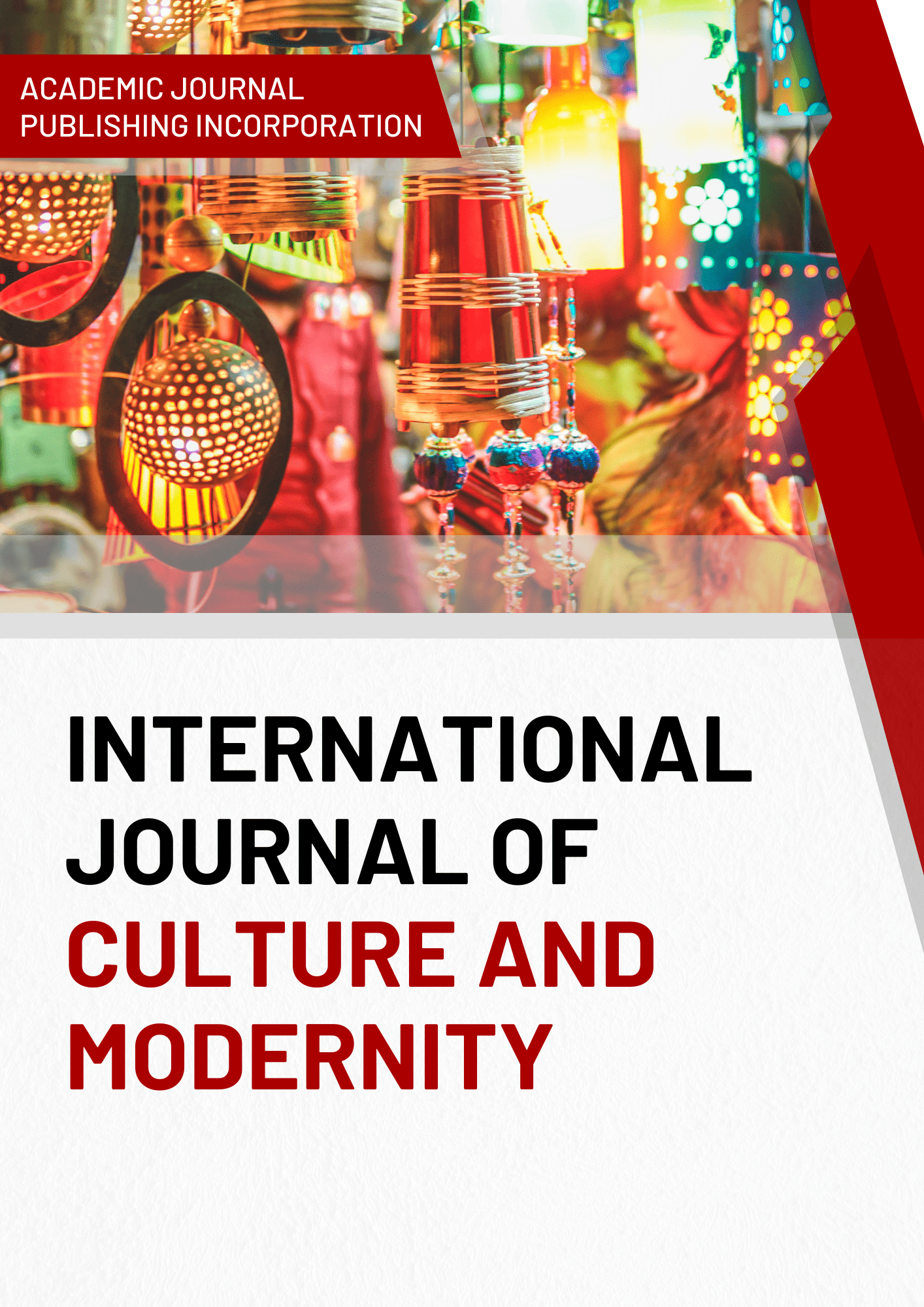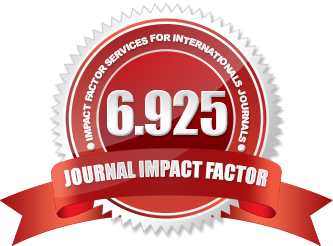Risk and Crisis Management in Tourism and Culture, Case study “Athanasakio Archaeological Museum of Volos”
DOI:
https://doi.org/10.51699/ijcm.v19i.407Keywords:
Tourism, risk, management, visitors, modelAbstract
Tourism risk management is a procedure, which identifies and analyzes the risks, choosing the appropriate steps to be done. This management concerns systematic processes for solving problems. In tourism, risk management is connected to crisis management, as it evaluates and monitors the risks to the organization, catching a crisis in the future. Moreover, risks and crises are characterized by uncertainty and unpredictability. These factors can affect tourism and culture and the reputation of businesses or regions. The Archaeological Museum of Volos, popular as Athanasakio Archaeological Museum of Volos, is the central archaeological museum of the region of Magnesia, and simultaneously, one of the oldest institutions, built in a neoclassical rhythm, as it is a donation by Alexios Athanasakis, whose origins was from Portaria of Pilio. In this article we discover the Co-creation and Emotions of Behavioral Intentions of Visitors to Archaeological Museum of Volos Model which based on specific parameters. They consist of steps and processes, so that every condition can be effectively confronted.
References
Oliver, R. L. (1999). “Whence consumer loyalty?”. Journal of Marketing, 63(4), 33–45.
Palau-Saumell, R., Forgas-Coll &, S. & Sánchez-García, J. (2016). “The Role of Emotions in a Model of Behavioral Intentions of Visitors to the Gaudí Historic House Museums in Barcelona, Spain”. Visitor Studies, 19:2, 156-177, DOI: 10.1080/10645578.2016.1220188.
PATA, (2011). “Tourism Risk Management. An Authorative Guide to Managing Crises in Tourism”. Retrieved from https://static1.squarespace.com/static/5f24290fd0d0910ecab2b02e/t/60e6ac08661362711c7b5341/1625730063481/APEC_Tourism-Risk-Management.pdf [2 Feb 2022].
Pearce, P. L. (2005). “Tourist Behaviour: Themes and Conceptual Schemes”. Clevedon: Channel View Publications.
Robertson, D., Kean, I. & Moore, S. (2004). “Introduction to Risk Management in Tourism”. Participant’s Workbook. Asia- Pacific Economic Cooperation International Centre for Sustainable Tourism (AICST). Retrieved from https://www.apec.org/docs/default-source/publications/2007/4/tourism-risk-management-an-authoritative-guide-to-managing-crisis-in-tourism-december-2006/toc/introduction-participants-workbook.pdf?sfvrsn=1afdb111_1 [2 Feb 2022].
Santana, G. (2008). “Crisis Management and Tourism, Beyond the Rhetoric”. Journal of Travel & Tourism Marketing, Vol. 15, 2004, Issue 4. Taylor & Francis online. Pp. 299-231. https://doi.org/10.1300/J073v15n04_05.
Tax Office of Ancients in Larissa, (2016). “Diachronic Museum of Larissa”. WayBackMachine. Retrieved from https://web.archive.org/web/20160313195844/http://larisa.culture.gr/siteapps/joomla-20418/htdocs/index.php/mouseia-kai-ekthesiakoi-xoroi [2 Feb 2022].
UNWTO, (2011). “Tourism Highlights”. International Tourism. Retrieved fromhttps://www.e-unwto.org/doi/pdf/10.18111/9789284413935 [3 Feb 2022].
UNTWO & ILO, (2013). “Economic Crisis, International Tourism Decline and its impact on the Poor”. E-Library. doi/book/10.18111/9789284414444.
Vitterso, J., Vorkinn, M., Vistad, O. I. & Vagland, J.. (2000). “Tourist Experiences and Attractions.” Annals of Tourism Research 27 (2): 432–450.
Wilkie, W. (1994). “Consumer Behavior”. New York: John Wiley and Sons.
Xia, L., Monroe, K. B., & Cox, J. L. (2004). “The price is unfair! A conceptual framework of price perceptions”. Journal of Marketing, 68(4), 1–15.
Zaharatos, G. & Tsartas, P. (2008). “Economics of Tourism and Organization of Touristic Travels”. Hellenic Open University Educational Material Publications for Tourism. ISBN: 9605380595.







